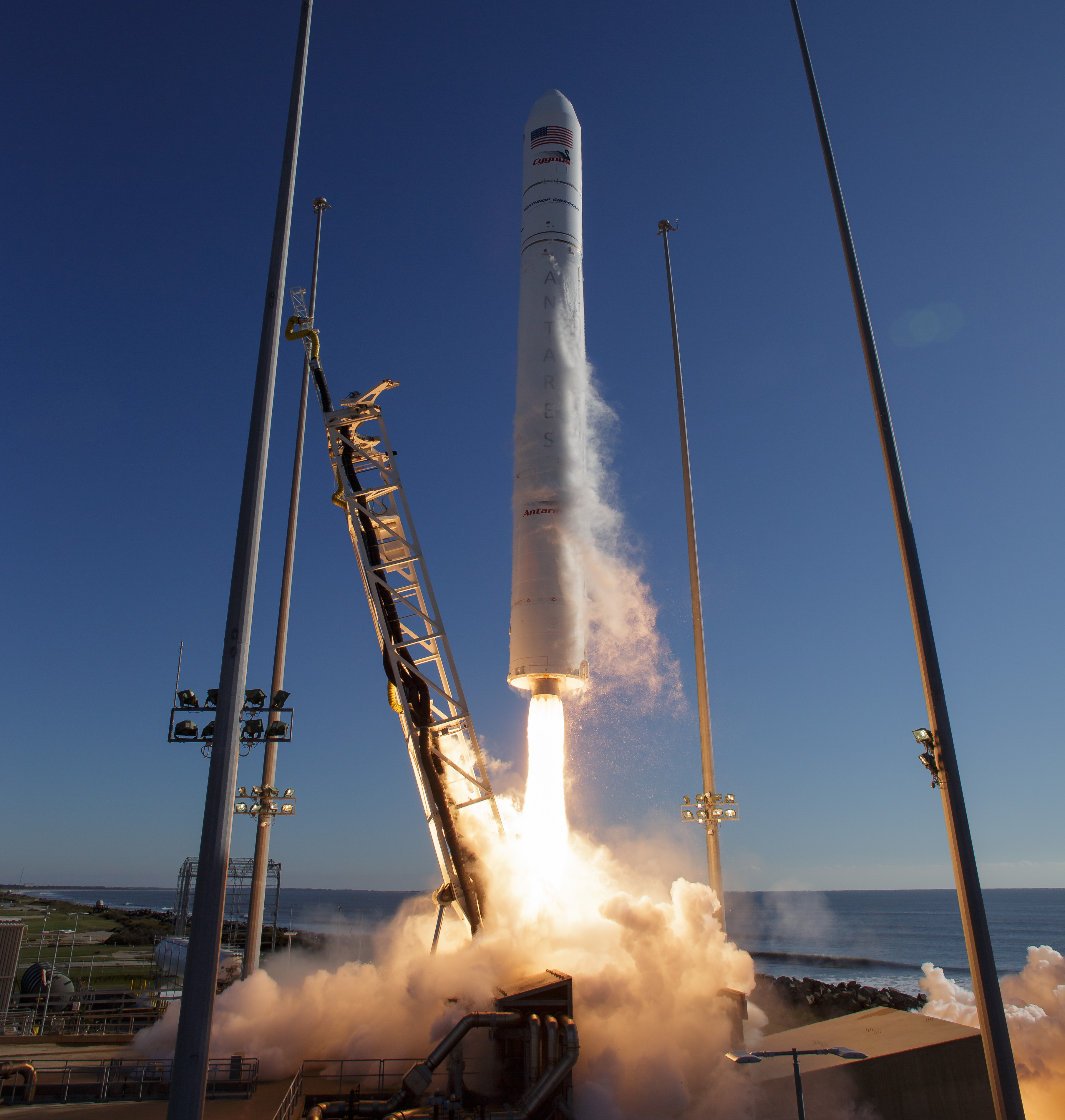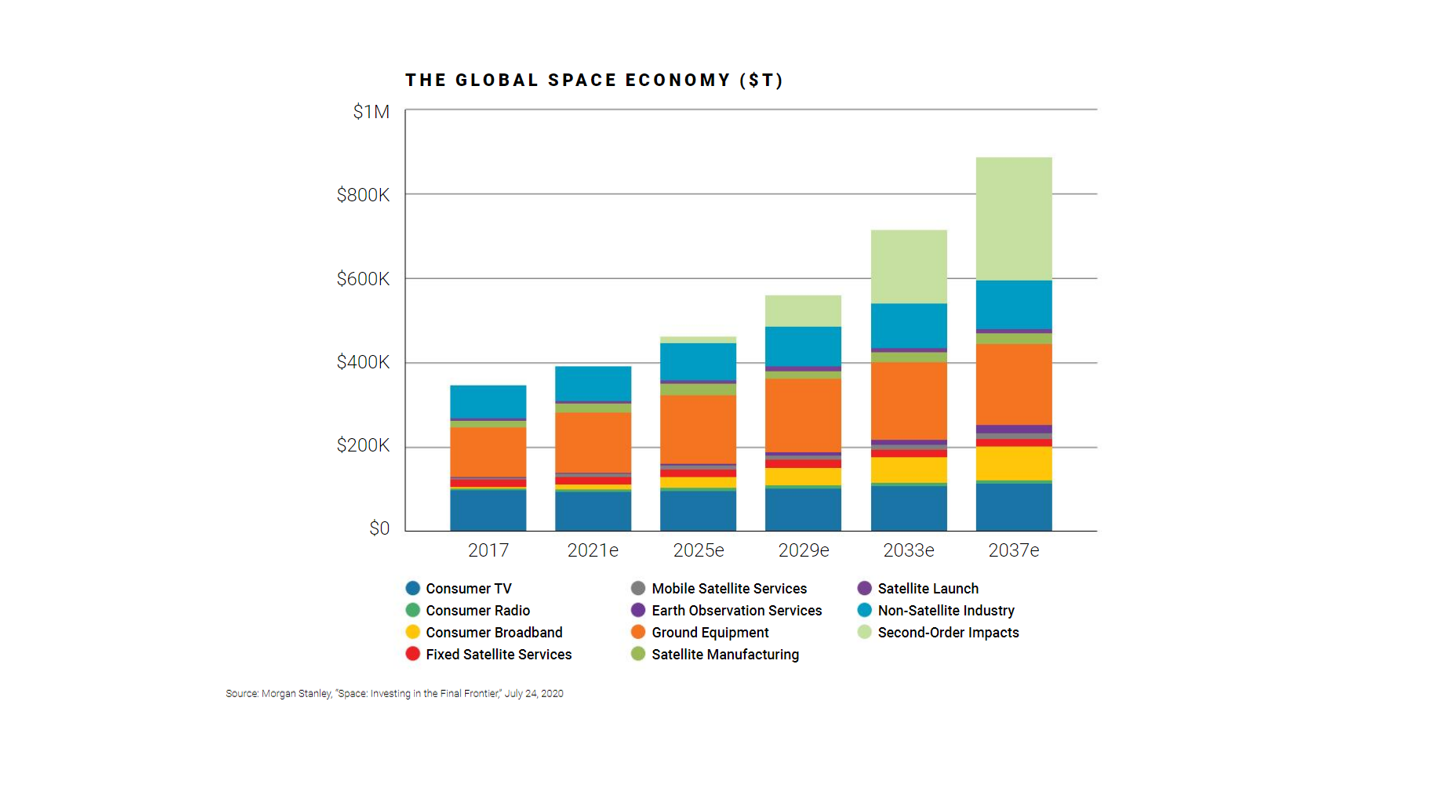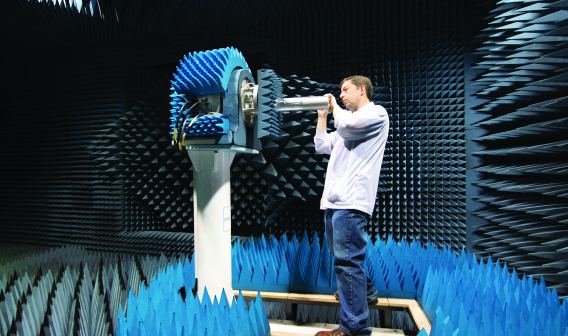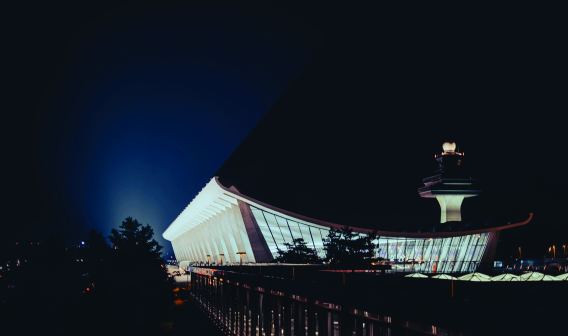Could space-related businesses represent a $1 trillion industry by 2040? That’s the question posed by Morgan Stanley analysts in a recent report. It’s hard to say, given any number of hard-to-quantify variables associated with space, not the least of which is the awe factor driving a space tourism boom.
When “Star Trek” star William Shatner stepped out of Blue Origin’s New Shepard space capsule after landing in Texas in October, he was nearly overcome with emotion. “Just unbelievable,” he said. “To see the blue color whip by, and now you’re staring into blackness.” He described Earth’s atmosphere as the line between life and death. “It would be so important for everybody to have that experience,” he said.
It’s an experience that more people than ever can potentially have, thanks to companies working to make space flight accessible to the public.
The industry has already created one of the world’s most valuable private companies in SpaceX, Tesla founder Elon Musk’s space company, which launches satellites and crewed spacecraft for government and private entities. SpaceX completed the first all-non- professional private orbital flight in 2021, and the company has begun rolling out space-based broadband service worldwide. Satellite broadband alone could represent 50–70% of the space sector’s growth by 2040, Morgan Stanley asserts, with other major opportunities in the fields of space tourism and ultra-fast package delivery.
“Every year, I say, ‘Oh, this is the most exciting time in space history,’” said Peter Beck, CEO of launch provider Rocket Lab, which built its second launch complex on Wallops Island on Virginia’s Eastern Shore. “But every year, it really is.”
Rocket Lab went public this year, has analysts issuing “Buy” advice, and is getting ready to launch a spacecraft to the moon for NASA. The company has launched more than 100 satellites for commercial and government customers in the last three years.
Also in 2021, Blue Origin — owned by Amazon founder Jeff Bezos, who flew on the company’s first crewed space mission — began flying its first passengers along with Richard Branson’s Virgin Galactic, another suborbital launch provider.
Maj. Gen. Ted Mercer, CEO and executive director of Virginia Space — which owns and operates the Mid-Atlantic Regional Spaceport (MARS) at Wallops Island — says the space boom is bringing inspiration, dollars, and well-paying jobs down to Earth.
New Missions, New Economic Opportunities
Mercer took over as the head of Virginia Space in August following a run at the Federal Aviation Administration and 32 years in the U.S. Air Force. He sees MARS as a necessary complement to the more famous East Coast spaceport, Cape Canaveral in Florida. “You have to remember,” he said, “Cape Canaveral is only one hurricane away from losing access to space.”
Mercer says MARS is actively seeking new launch providers to operate out of Wallops and is planning to break ground on a new, 14,000-sq.-ft. launch team facility. “Right now, we operate out of two buildings that we rent from NASA,” Mercer said. “They’re very old blockhouses that date back a great number of years. As you might imagine, there’s a lot of wear and tear on them.” He says existing operations have outgrown these spaces and the new facility will consolidate the workforce, provide a workshop, and create parts storage, thereby increasing the efficiency of launch and maintenance operations, paving the way for more missions.
Currently, the spaceport hosts two orbital launch providers: Northrop Grumman Space Systems, headquartered in Loudoun County, and Rocket Lab. Northrop Grumman has launched 14 International Space Station resupply missions on its Antares and Minotaur rockets, all from Wallops, since 2013. The company has launched a total of 24 rockets from MARS.
So far, Rocket Lab has launched all of its missions out of its facility in New Zealand — all but one with its reusable, two-stage Electron rocket — but has a pad ready for liftoff at Wallops. All that’s needed is certification of an autonomous flight termination system (AFTS) by NASA.
Mercer says the system will provide new capabilities for launch companies that follow Rocket Lab and NASA’s lead in using it. “This is a game-changing command and control system,” Mercer said. “Commercial users will be able to use the capability on any of our launch ranges to ensure public safety during launch operations.”
In contrast to conventional, human-in-the-loop flight termination systems, the AFTS will rely on GPS, inertial guidance, and programming to automatically shut down spacecraft engines if a rocket veers off course and endangers people on the ground.
“We’ve been in partnership with NASA since flight two on Electron, developing the autonomous flight termination system,” Beck said. “The autonomous system can activate in milliseconds, where a human in the loop allows for something like three to five seconds. So it’s a far safer system overall.”
Mercer says the system is expected to be ready at Wallops by the end of the year, putting Rocket Lab on track for its first launches from the spaceport in 2022.







